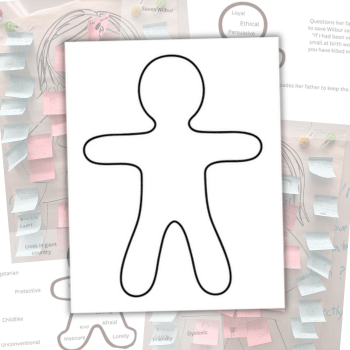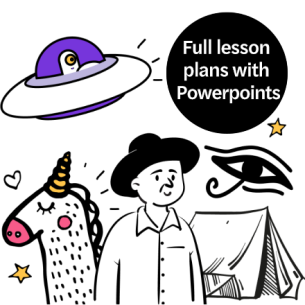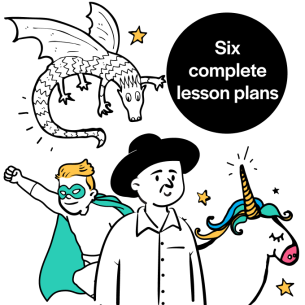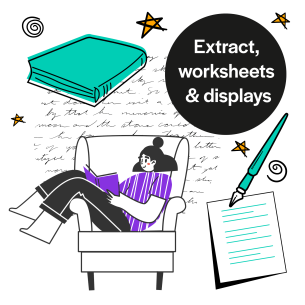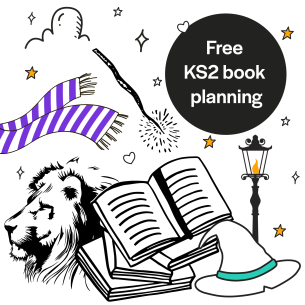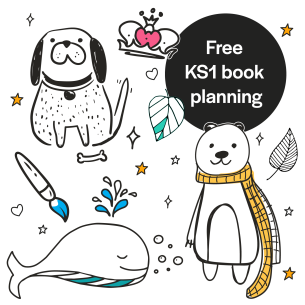Use Role on the Wall in a variety of ways to explore and develop characters with your class…
What is Role on the Wall?
Role on the Wall is a versatile technique that you can use across a variety of subjects, including English, drama, history, science and PSHE, to help pupils explore a character.
Pupils will engage in character analysis, empathy and critical thinking. The technique can also help them with naming feelings, values, and character traits.
The interactive and visual nature of Role on the Wall increases pupil engagement and participation. There are many different ways to explore characters with it.
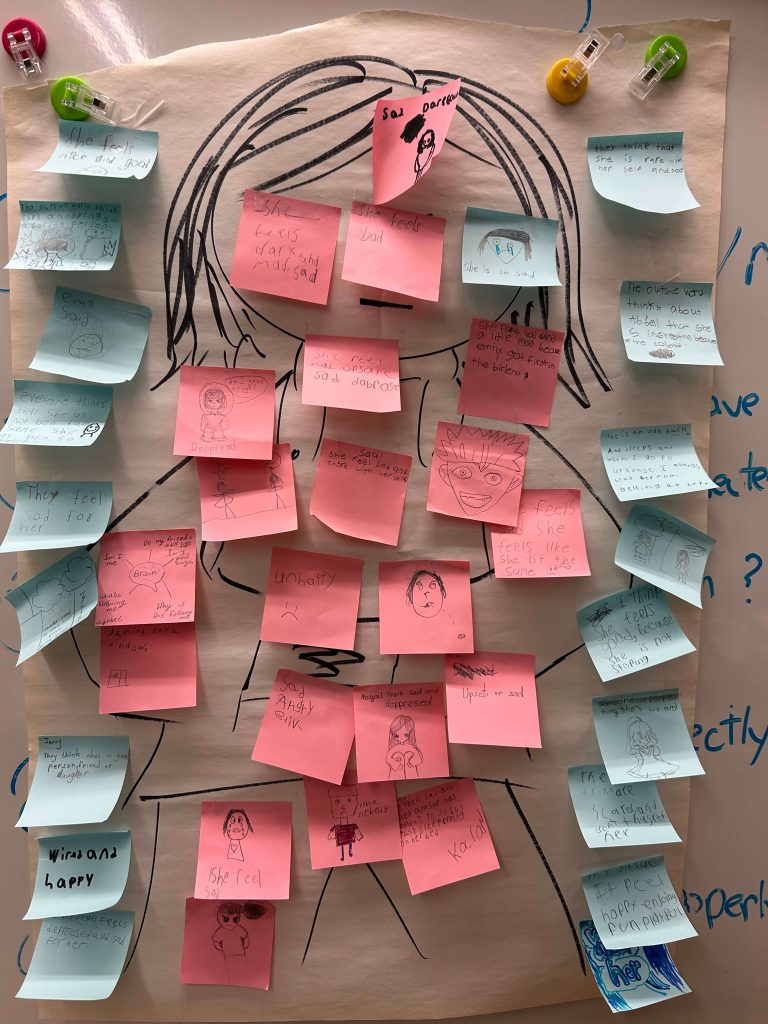
Example from Hataitai School, Wellington, NZ, focused on Dark Cloud by Anna Lazowski
When to use Role on the Wall
Role on the Wall is an excellent technique to use if the class are reading a book together – deepening their connection to the book and its characters.
It’s a great way to analyse protagonists or antagonists in novels, by mapping their complexities. It also aids in discussions about character development and motivations.
When it comes to creative writing, Role on the Wall is useful for helping children originate and develop fictional characters.
Pupils can flesh out the characters before they start their stories, which might give them the confidence boost they need to get writing. Children might find it helpful to create three or four characters in this way before beginning their stories.
You can also use Role on the Wall to explore historical or contemporary figures such as famous scientists, musicians, Nobel prize winners or environmentalists.
It can be an interesting and creative way to explore character and external societal pressures. Make sure you provide the children with plenty of background information and historical context for the person they are going to analyse.
How to do Role on the Wall in class
Preparation & introduction
Select a character relevant to your lesson. You can do this activity as a class collaboration, or individually, with each child creating their own Role on the Wall.
For a class collaboration, draw, or print out, the outline of a human figure on a large piece of paper, or on a board.
For individual participation give each pupil a printed template (download from the top of this page) or ask them to draw the outline of the character.
Make sure the class have context about the character; perhaps they already know them from a book you’re reading together. If not, be sure to give them some background information.
Annotation
Inside the outline of the person, pupils write the character’s inner characteristics, emotions, values, desires and internal conflicts. They can do this with pens, or you might like to use sticky notes.
Outside the outline of the person, the children write external factors such as where they live, their likes, and how they show themselves to the outside world.
Discussion and reflection
Analysing a character with Role on the Wall enhances analytical skills and helps pupils to understand a character more fully.
Exploring a character’s internal experiences fosters empathy, allowing the children to connect on a deeper level and to put themselves in someone else’s shoes.
Facilitate a class discussion to delve deeper into the character. Explain that it’s OK for people to have different points of view. Ask the children to reflect on how this activity has altered or deepened their understanding of the character.
Role on the Wall variations
Inside & outside
Ask pupils to write the character’s emotions and inner thoughts inside the figure (e.g., for the BFG, this could be kind, insecure, loyal).
Then, around the exterior of the figure, the children write what the character shows to the outside world (e.g., speaks gobblefunk, childlike, friendly).
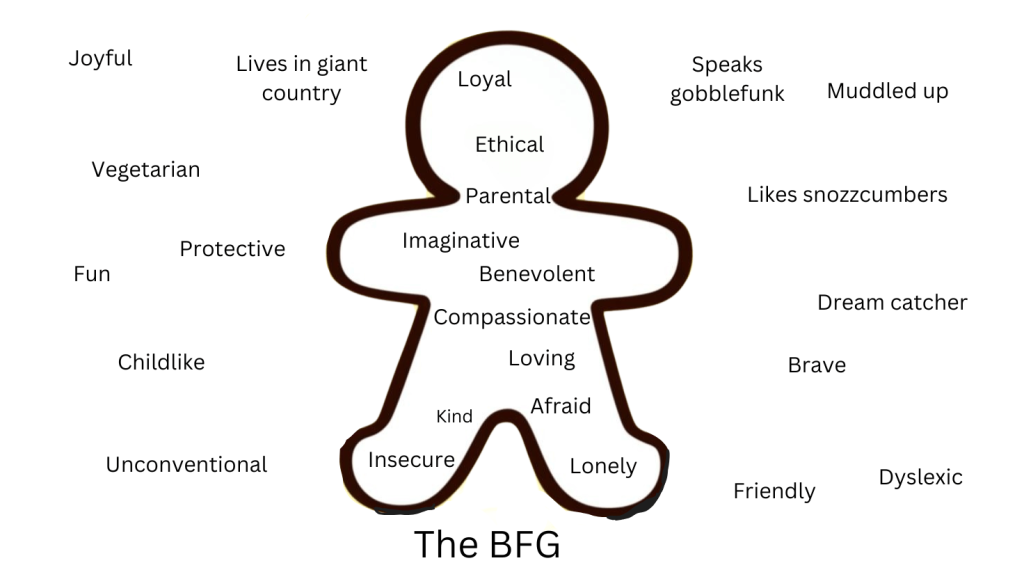
Annotation & proof
Pupils write the character’s traits, strengths, weaknesses, values and emotions inside the outline of the figure (e.g., for Fern from Charlotte’s Web, this could be empathic, loving, determined).
The children then write their proof for each characteristic around the outside of the figure (e.g., Fern rescued the pig).
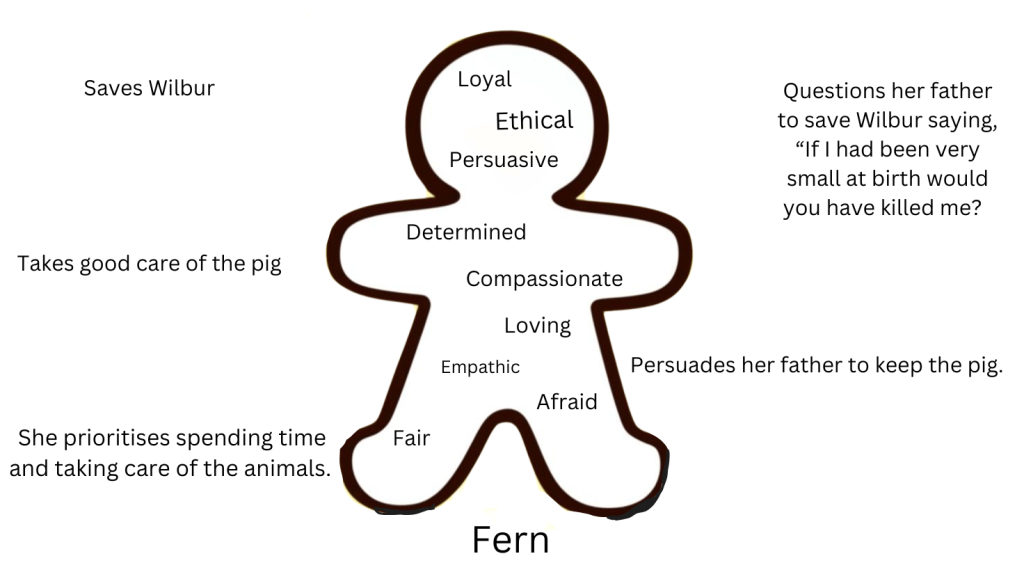
Footsteps
This is a particularly useful variation for creative writing, in particular, when children are developing characters for their own fictional writing.
Inside the character’s figure, pupils write character traits, strengths, weaknesses, values and emotions. Then they draw a path of footsteps, with each footprint containing past experiences that shape the character.
For example, if a child has created a character called Scarlett, they might say she is honest, brave, fair, feisty, and too quick to act.
Then, in her footsteps, they might say she has two older brothers whom she fights with – one of them lies, which makes honesty important to her.
She plays tennis, which teaches her to act fast. Once she saved a cat from drowning and learnt that bravery saves lives.
Action & consequence
In this version of the activity, pupils write the actions of a character inside the outline figure (e.g., Fern asked her dad if he’d kill her if she was born too small). Then, on the outside of the figure, the children write the consequence of each action.
For example, Fern’s dad does not kill the pig. Also, Fern takes care of the pig, and the consequence is a happy, celebrated pig!
Individual & relationship
For this variation, use two character outlines next to each other. Pupils write character traits, strengths, weaknesses, values and emotions inside each character.
Then, in the space between the two characters, the children write words that relate to their relationship. For example, if it were Mr Wormwood and Matilda, pupils might write strained, abusive, unfair, not right, conflict, revenge, rage.
More Role on the Wall teaching advice
- If you’re doing a group Role on the Wall, make sure your paper is big enough, and that your pens are thick enough to read from a distance.
- Use interesting and complex characters that the class already have some understanding of.
- It’s not recommended that you use any religious leaders, or real people that children in the class know personally.
- If you get curious about a character, your pupils will likely get curious, too.
- You might want to ask the children questions to inspire them into adding their words and ideas. For example: How does the character feel about themselves? What are their passions? What are their values? What are their weaknesses? How would others describe them?
- Reassure children that people often have different interpretations of a character and that is OK. Not everyone has to agree on the interpretation made.
- Ask pupils to use as few words as possible when adding their ideas.
- Explain to children that one of the joys of reading is that the author creates a character in their imagination, and the reader gets to flesh out the character further in their imagination. So, it’s OK for pupils to get creative about their character interpretations while doing Role on the Wall.
Samantha Marsden is the author of 100 Acting Exercises for 8-18 Year Olds (£15.99, Methuen Drama). Follow her on X at @SamMarsdenDrama. Visit her website at marsdensam.com
